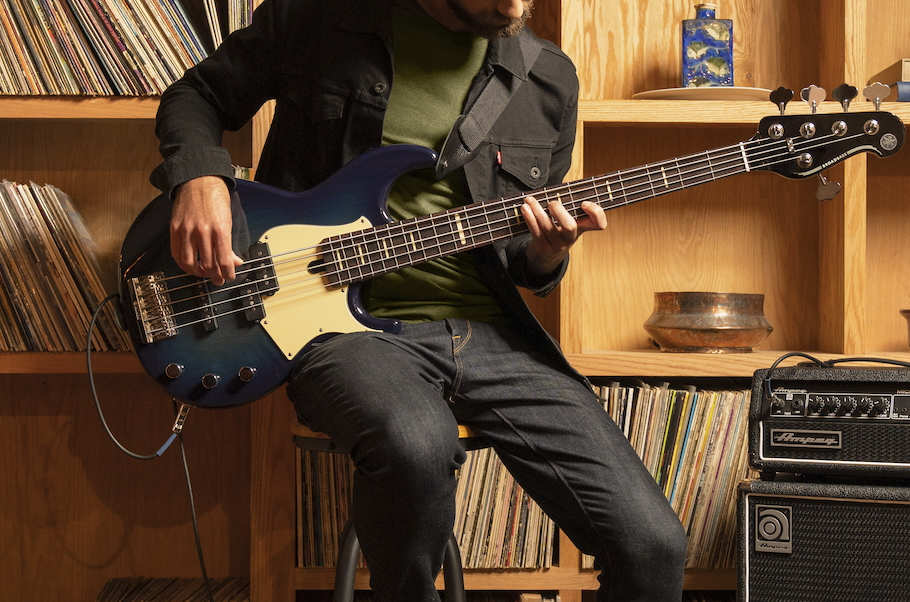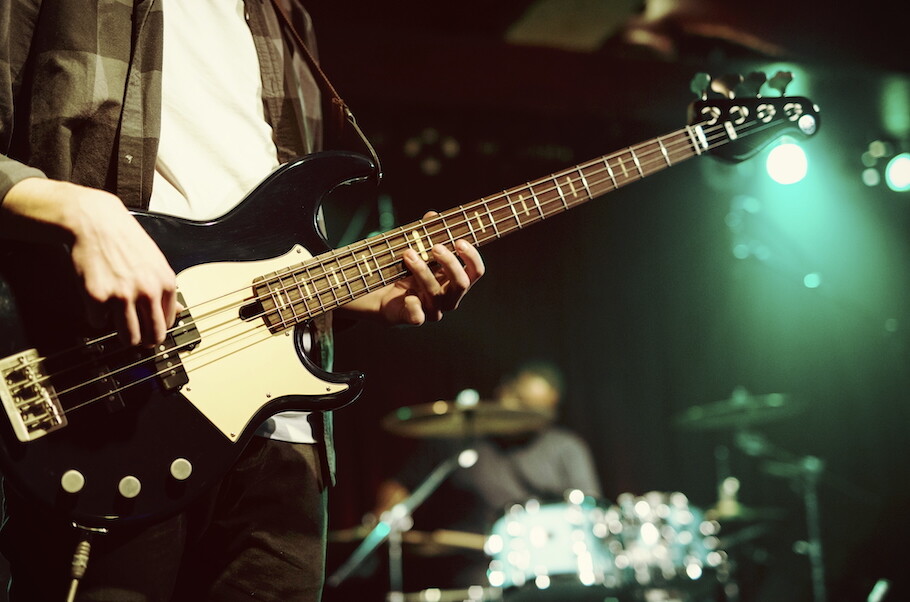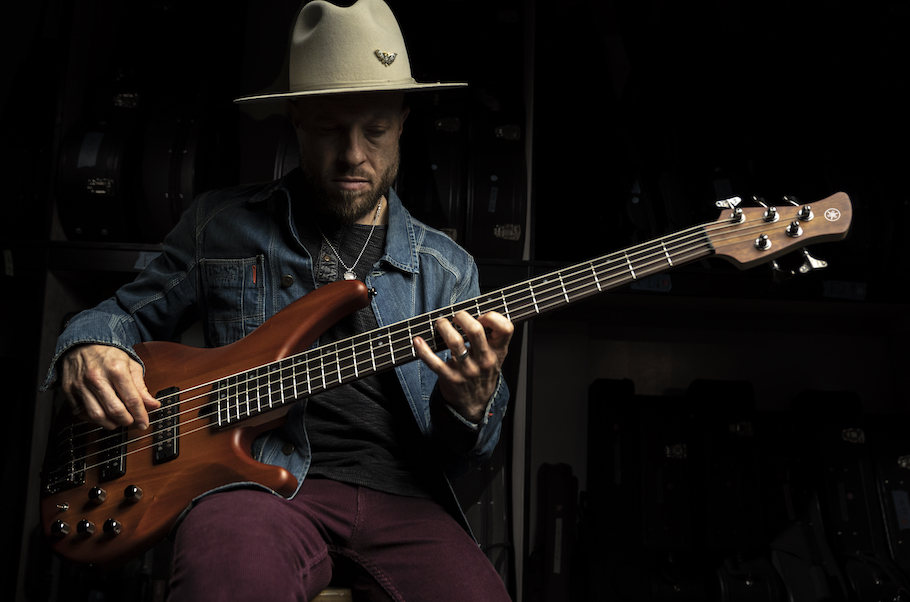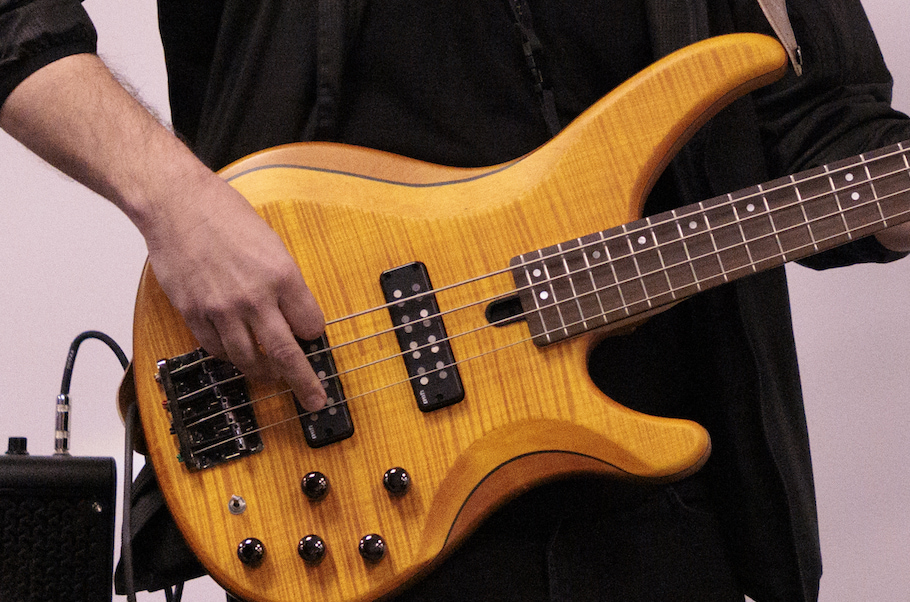Learn Keyboard to Become a Better Bass Player
How to understand music theory, get new gigs and have more fun.
As bass players, our most important role is to bridge harmony and rhythm. If you take that role seriously, it’s only a matter of time before you become interested in music theory. And there’s no better way to understand music theory than sitting at a keyboard.
FROM THEORY TO REALITY
Many bass players think of music theory as a set of abstract concepts that have little to do with our everyday life. Our relationship to harmony may consist of simply playing the lowest note of a chord or practicing arpeggios. But the truth is that learning bass lines and coming up with your own parts is so much easier when you have an even basic understanding of how music works. Although double-stops, three-note chords and two-handed tapping can greatly expand the expressive possibilities of your instrument, the ergonomics and limited range of the bass fretboard make it tough to approach anything close to the chordal universe of the keyboard, where each note is laid out clearly.


The history of Western music theory was written and developed on keyboard instruments like organ, harpsichord and piano, so if you’re truly interested in understanding the big-picture context of a song and having more options for support and improvisation, being able to visualize it on a keyboard is invaluable.
Another advantage of taking keyboard lessons is learning to read music, which will introduce you to treble clef (melodies and chords played with the right hand) and bass clef (bass parts played with the left hand). Understanding how the two clefs interact will spark interesting ideas and help you clearly hear how music moves. The wide dynamic range of most keyboards puts the role of the bass in context, too; once you’ve played chords and bass lines simultaneously, you may find that “just” playing bass, usually one note at a time, feels much easier.
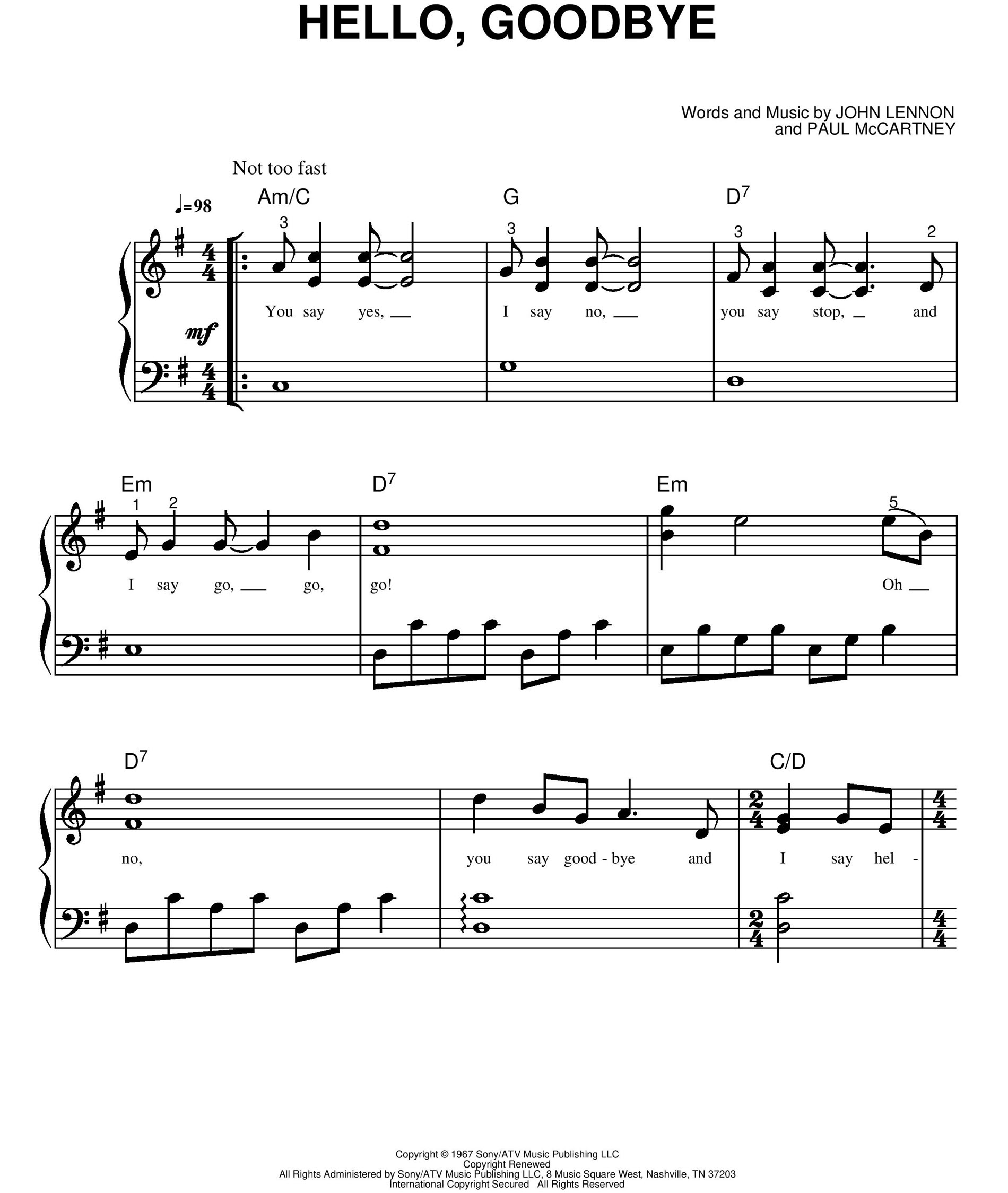
A great bassist once advised his students to learn the melody for every song they played; another bass icon considers a song’s melody the starting point for any solo idea. Both of these legendary players spent lots of time on piano, and their understanding of harmony and melody made it possible for them to consistently come up with unusual and beautiful ideas on bass. Even if you never intend to become a serious pianist, having a basic grasp of the keyboard can do wonders for your ability to solo, interact with song structures and write unique bass parts.
GET MORE GIGS
Besides helping you grasp the building blocks of music, learning a keyboard instrument leads quite naturally to keyboard bass. Plugging your bass guitar into a synth pedal can be fun, but playing a real synth, with its many tonal options and longer sustain, can be a thrilling, ear-opening experience. The layout of the keyboard inspires a different approach to bass-line construction; becoming familiar with current synth-bass flavors and classic key bass by masters like Stevie Wonder, Herbie Hancock and Greg Phillinganes, as well as foundational approaches by geniuses like Bach, will help you connect the dots and hear things differently. And if you’re interested in stepping out beyond the bass chair, combining keyboard skills with the ensemble-support chops you’ve honed as a bass player can open the door to arranging, composing, producing and being a music director.
In my personal experience, learning basic harmony has made me familiar with commonly used chord progressions and given me tools to support them in both clichéd and unusual ways. I started out as a drummer, so I’ve spent lots of time developing my relationship to rhythm, but my kindergarten-level keyboard skills have helped me learn songs faster and appreciate singers, melodies and keyboardists in a new way while introducing me to ear-training and composing. I’ve been surprised at how satisfying it is to play keys, even at a very rudimentary level. I feel a deep sense of accomplishment when I can play a new chord progression, however haltingly, and it is amazing to finally hear and feel complex concepts like voice-leading, chromaticism, reharmonization and tritone substitution. Now I understand why most music schools require every student to take a couple semesters of piano.
Fortunately, getting started is easy. Yamaha makes a full range of top-shelf keyboards for pros, as well as inexpensive portable keyboards like the PSR-E473, that make it easy and fun to jump in and begin learning right away.

So the next time you begin nodding off during yet another boring discussion of music theory, or feel stuck in the same old bass patterns, consider taking keyboard lessons. It’s great for your brain, increases your ability to multitask in musical situations, helps with muscle memory, and does wonders for your hand-eye coordination. What are you waiting for?










